Impellent (2012-14)
︎︎︎ Impellent demonstration video, 2013
Impellent (2012-14) is the most recent iteration in my series of performance works that center on a technique I
describe as graphic waveshaping, a form of graphic sound synthesis that is oriented towards solo, improvisational
performance. My systems Endolith (2010-11) and Augur (2007-8) are its precedents. The process can be understood as
feedback-dependent, non-linear distortion synthesis with time-varying transfer functions stemming from visual scan
lines. Luminance, color, and other features extracted from pixel rows are interpreted as wave shapes and effect
parameters. Inputs to the system are two digital microscopes scanning works-on-paper linked with two multitouch
trackpads that are used to configure the bounds of image acquisition and the rules for sonic interpretation.
On the whole, this body of work’s performance directive is exploratory or improvisational. Visual images are
not pictorial representations for sound to be translated, but rather function as micro-procedures for sound
transformation. The rules of this interpretation are variable and oftentimes unstable.
Impellent furthers my experimentation with real-time, graphic waveshaping as a means to tangibly influence erratic synthesis networks designed to have temperamental behaviors. As such, visual images do not enable a language of prescription, but instead they provide a collection of signals used to influence and suggest direction. Through microscopic image capture, the performer conveys rich textures and patterns to the software, and thereby tunes the provocation and guidance of the system. This play makes the paper score a significant part of the instrument. Due to the precondition that image to sound relationships emerge during performance, the situation is replete with the discovery of new sounds and the circumstances that bring them into play.
Impellent furthers my experimentation with real-time, graphic waveshaping as a means to tangibly influence erratic synthesis networks designed to have temperamental behaviors. As such, visual images do not enable a language of prescription, but instead they provide a collection of signals used to influence and suggest direction. Through microscopic image capture, the performer conveys rich textures and patterns to the software, and thereby tunes the provocation and guidance of the system. This play makes the paper score a significant part of the instrument. Due to the precondition that image to sound relationships emerge during performance, the situation is replete with the discovery of new sounds and the circumstances that bring them into play.

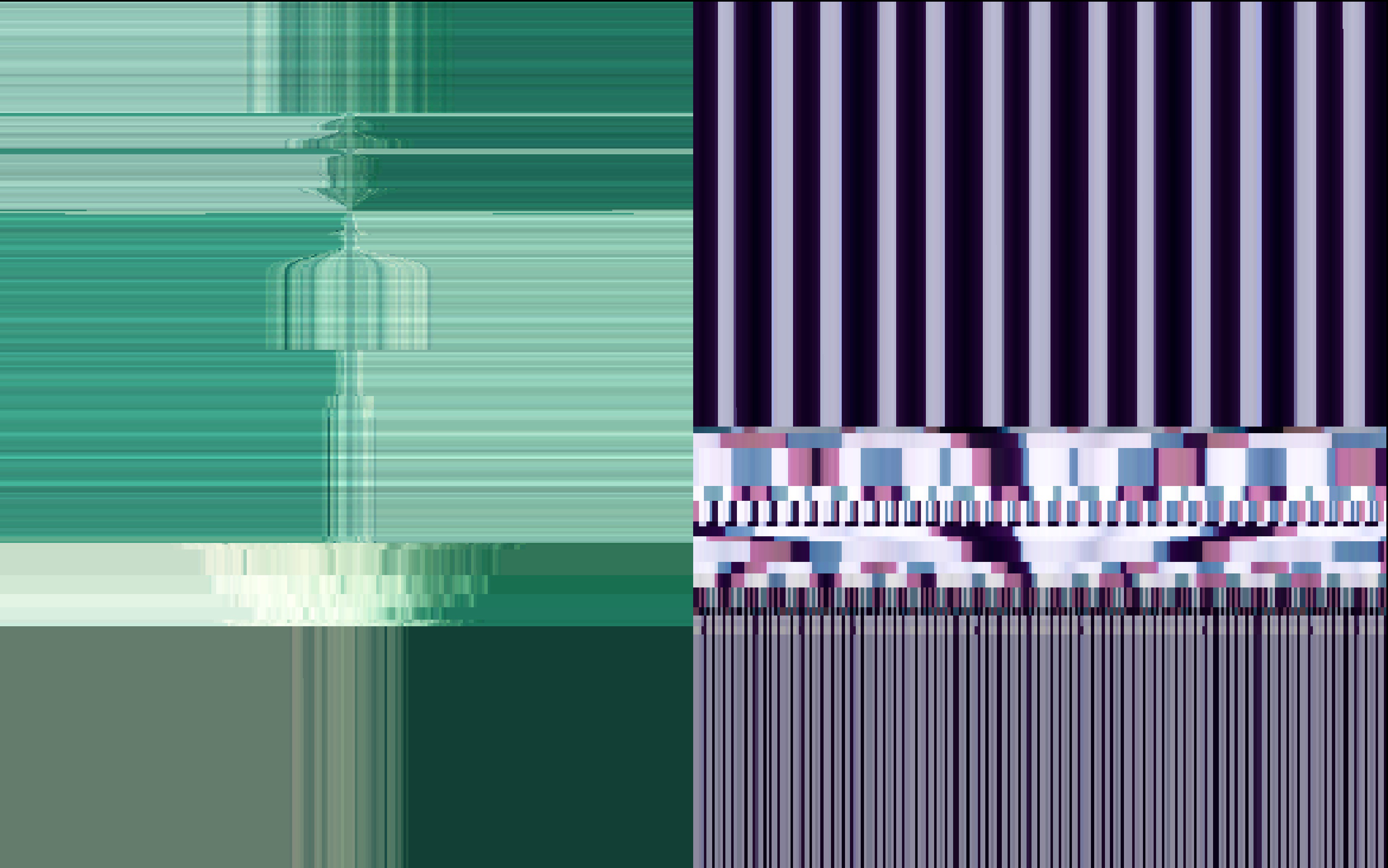



This body of work has been presented in peer-review conference contexts such as the International Conference
on New Interfaces for Musical Expression (2013 KAIST, Daejeon) and International Computer Music Conference
(2011 Huddersfield). It was included in Margaret Schedel’s chapter “Colour is the Keyboard” surveying
graphic sound in The Oxford Handbook of Algorithmic Music (2018). Through talks and performances, I also
presented this work at the Sounds, Images, and Data conference (2015 NYU), Re-new Digital Arts Conference
and Festival (2013 Copenhagen), and Encountering Data symposium (2012 Stony Brook University). Over a
period of four years, Impellent/Endolith featured in my performances at a variety of club and other venues
in Providence, Boston, New York, and Los Angeles.
A short “Graphic Waveshaping” paper can be found here in the NIME Proceedings.
A short “Graphic Waveshaping” paper can be found here in the NIME Proceedings.

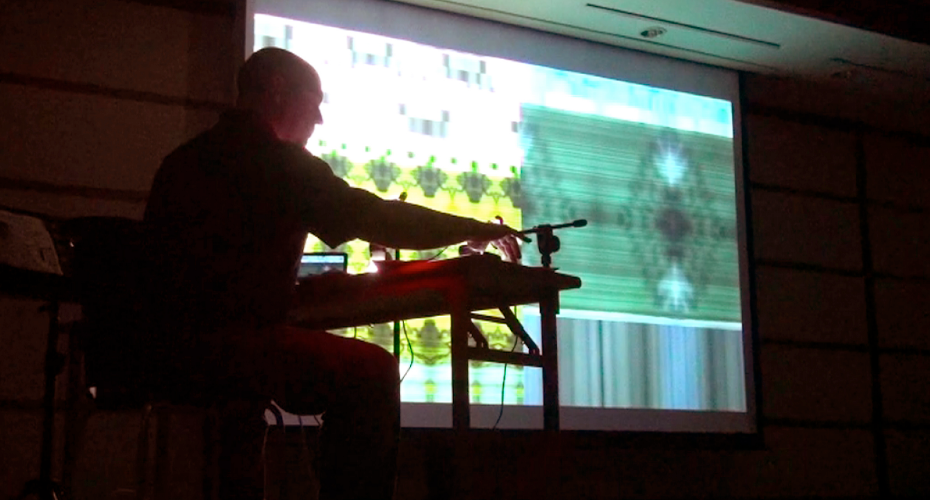


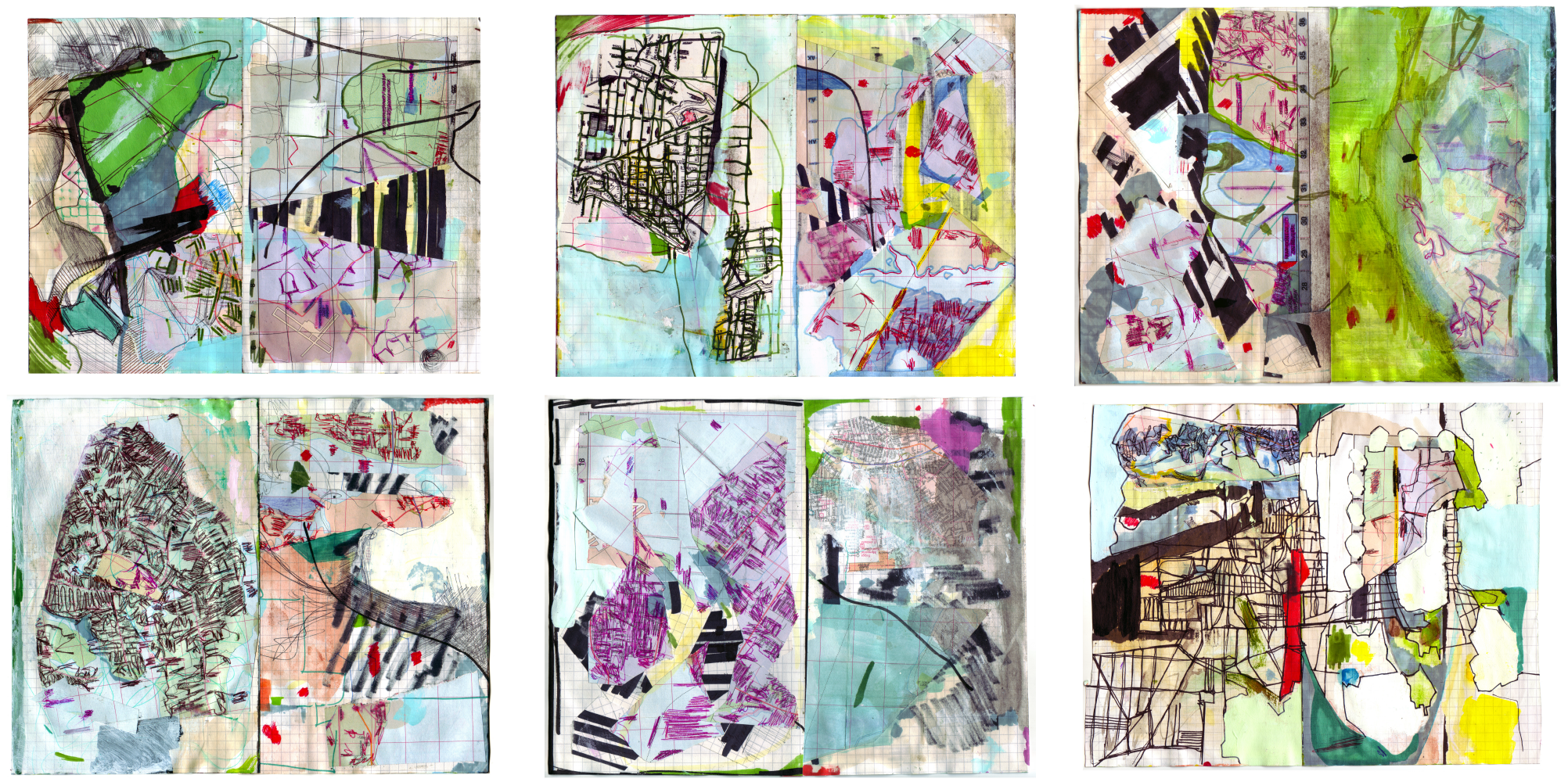

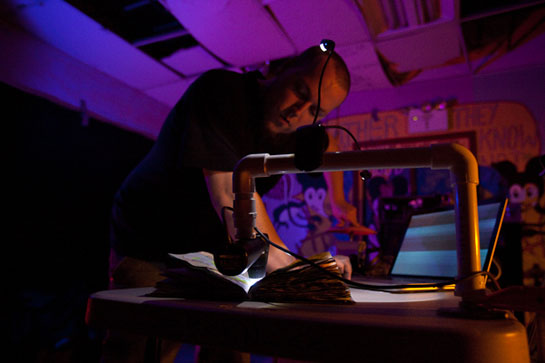
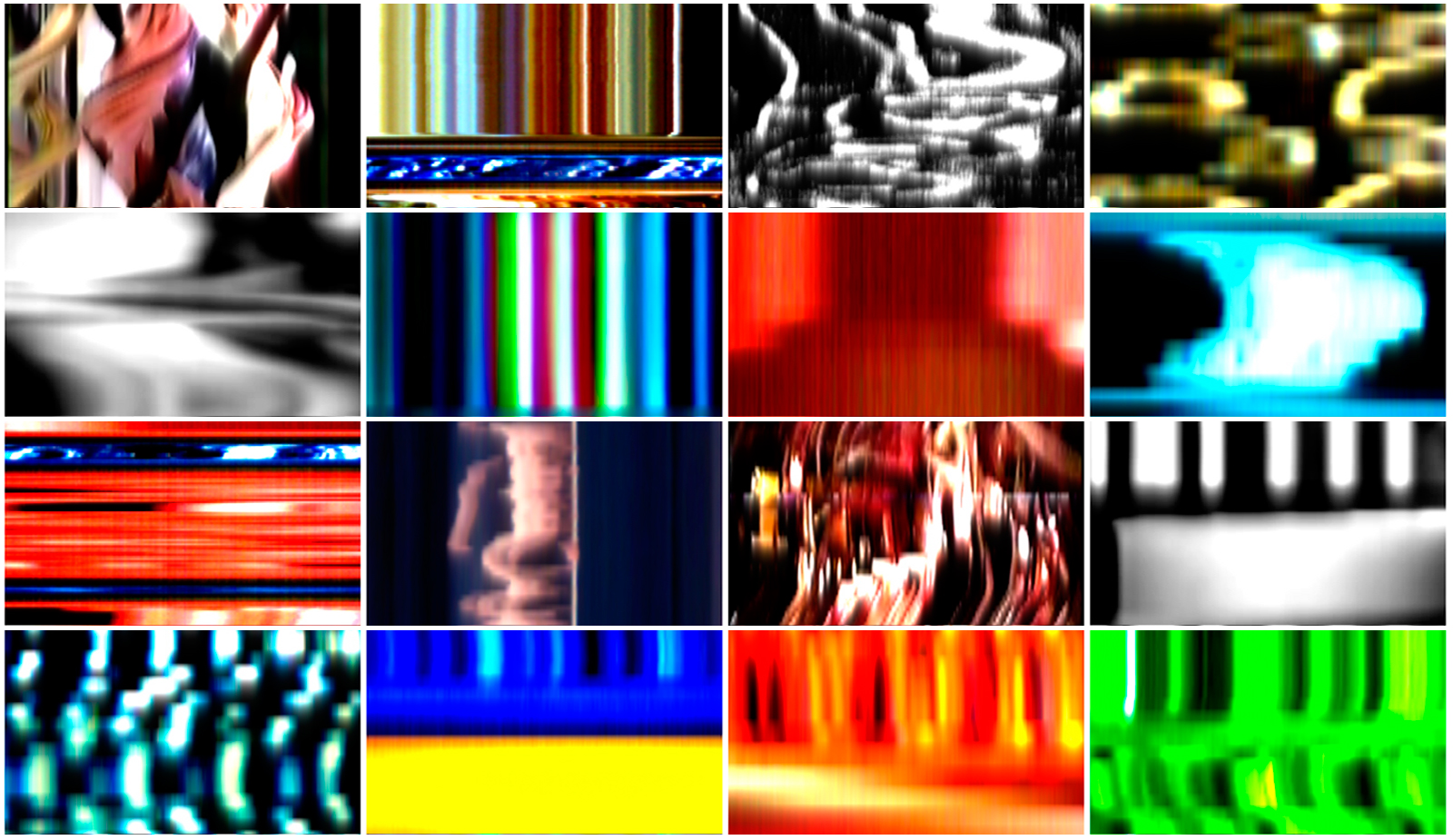
Augur (2008)
Augur was the name of my performance system where I first decided to forego the use of visual image data for sound generation as a sort of reverse spectrogram (i.e. defining frequencies and amplitudes over a time duration). This led to my development of graphic waveshaping, which may be understood as a form of non-linear distortion synthesis. Visual images are scanned and become transfer functions for incoming audio signals. Therefore, one does not assign image characteristics to pitches, durations, or dynamics; rather the timbre of incoming sound itself is dynamically altered by navigation through the pixel rows and columns of the graphic. Situating this technique in a performance context became a focus over several years. By inserting graphic waveshaping within complex synthesis patches employing feedback, new levels of desired unpredictability were achieved that still provided performer influence, as evidenced by Impellent.
Augur was the the subject of my 2008 Ph.D. dissertation: Erratic Interpretation: Drawn Sound in Augur.




︎︎︎ Augur performances, Brown University 2008
︎︎︎ Augur performance,
Brown University 2008
Brown University 2008
︎︎︎ Augur performance,
Brown University 2008
Brown University 2008